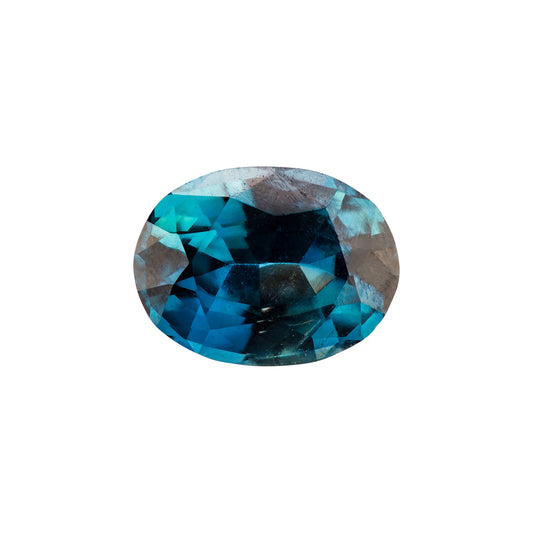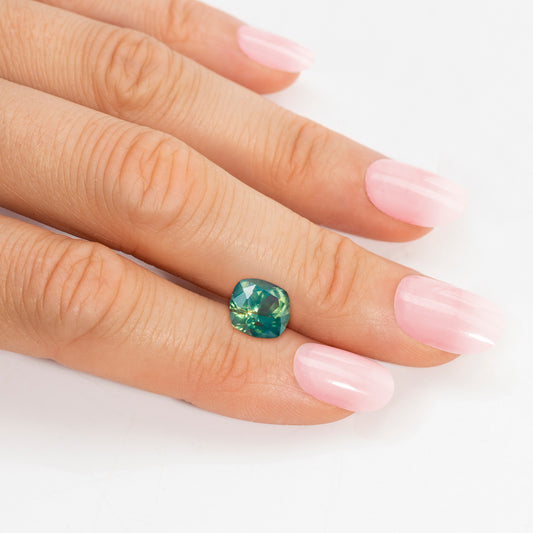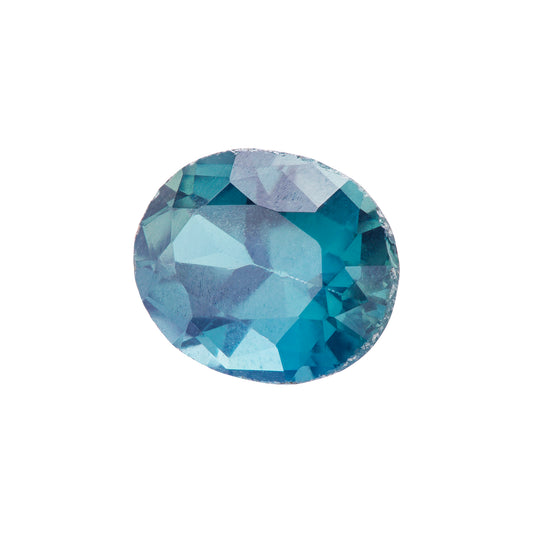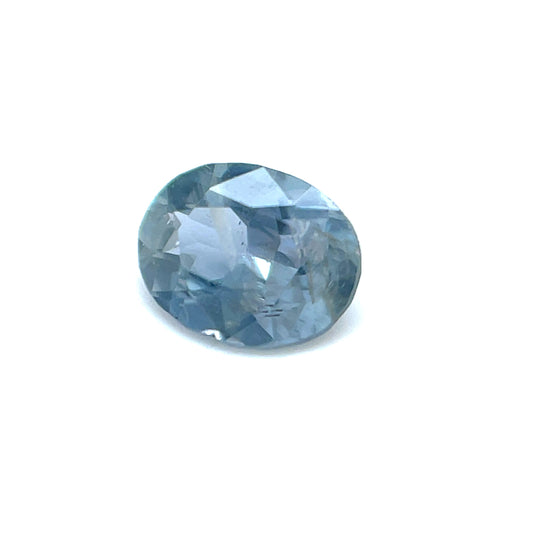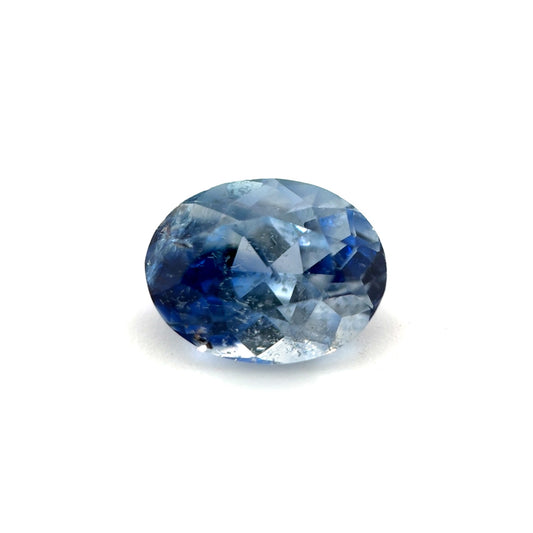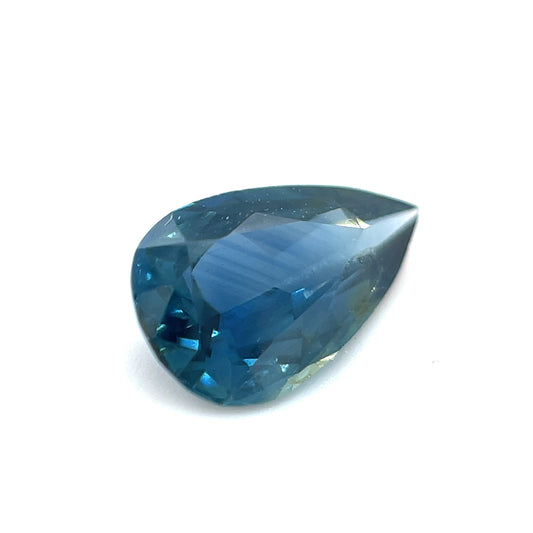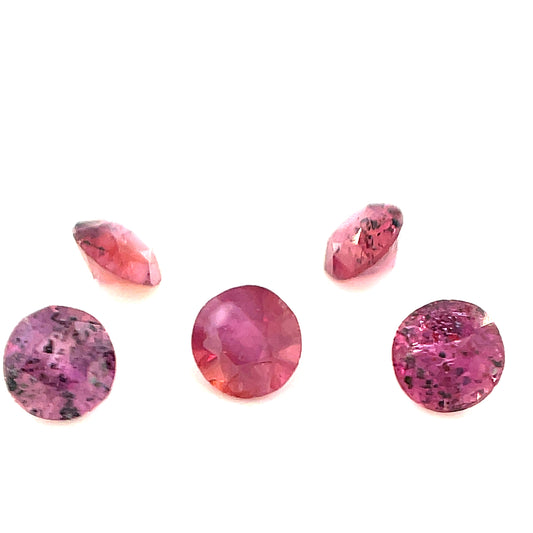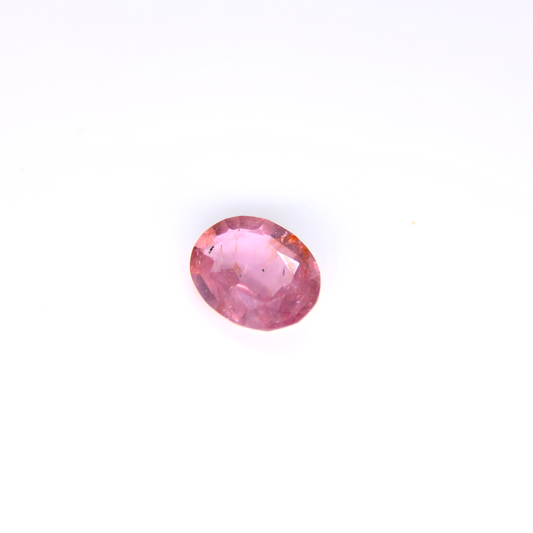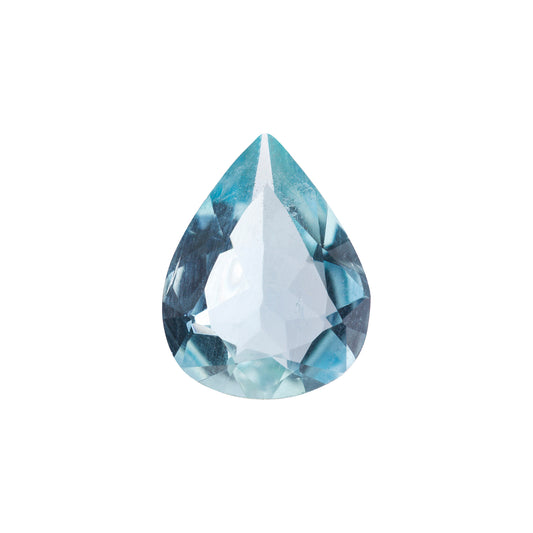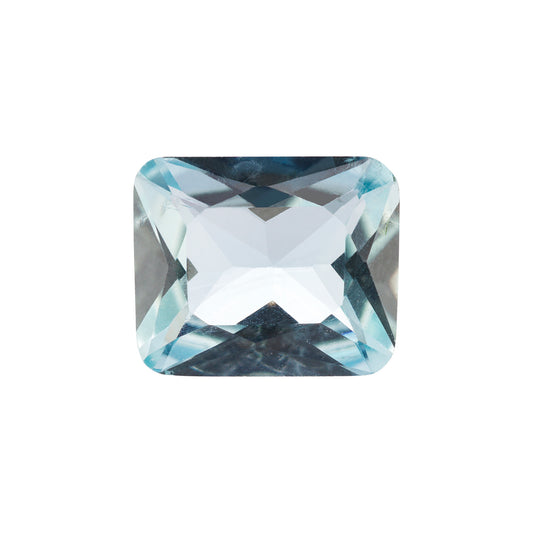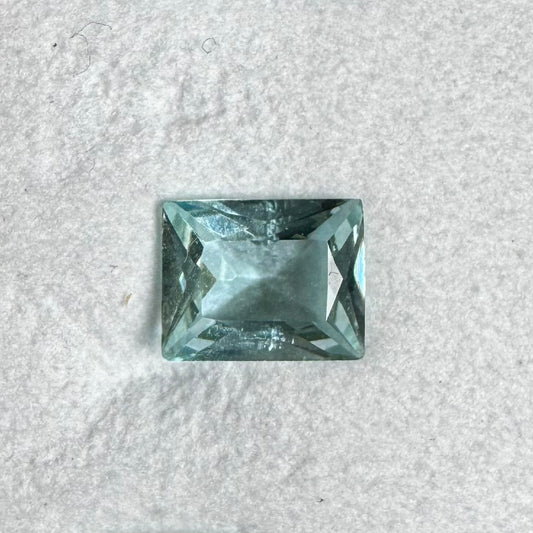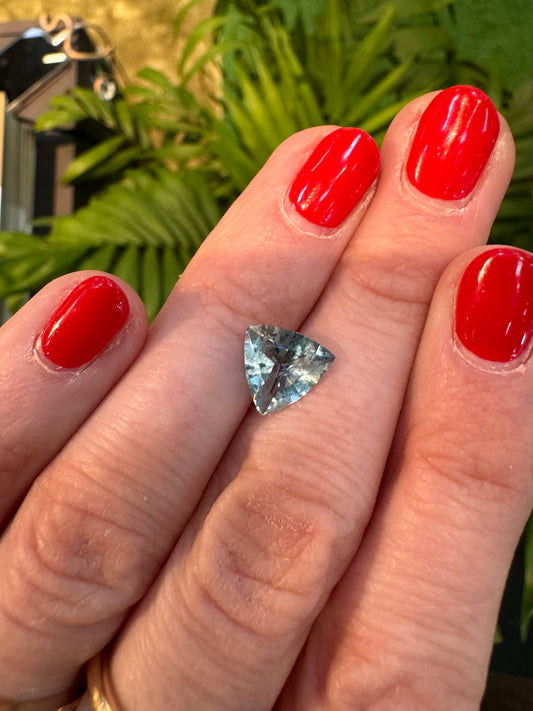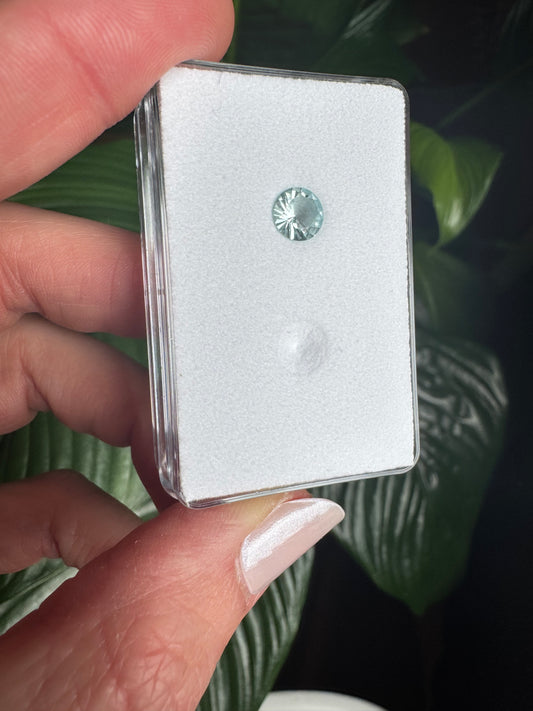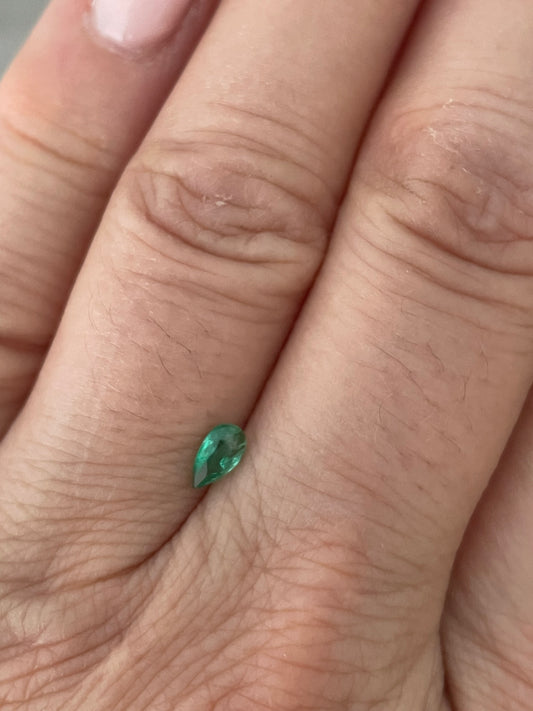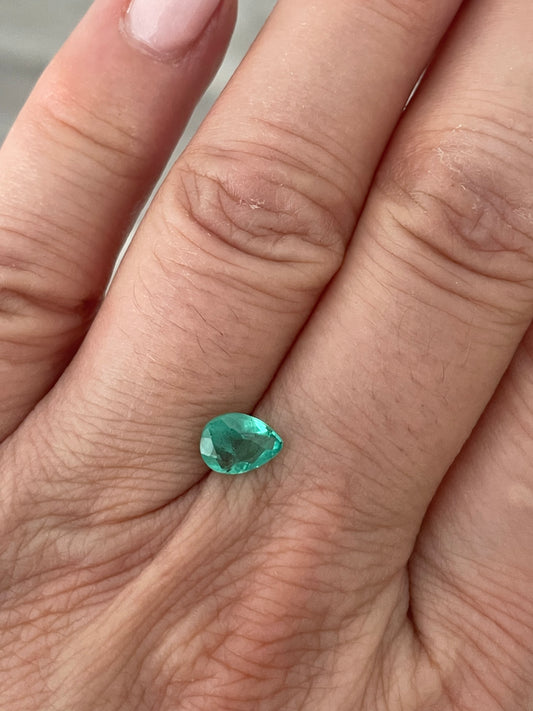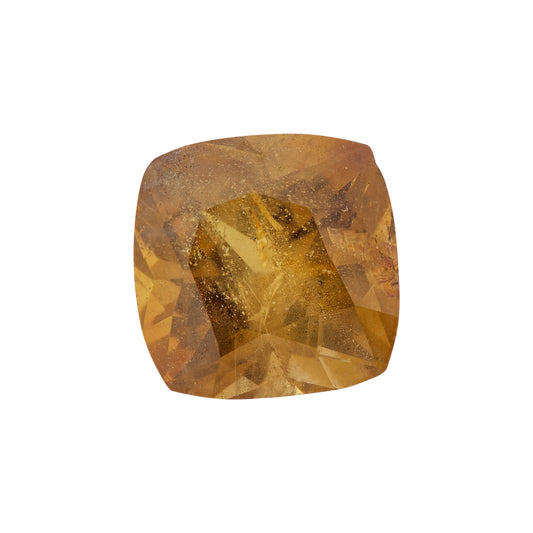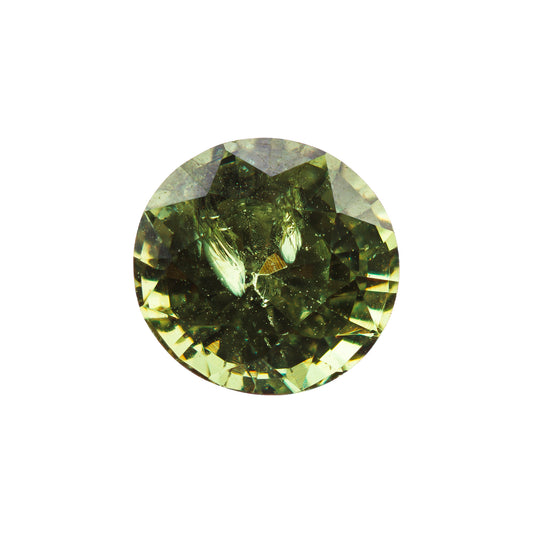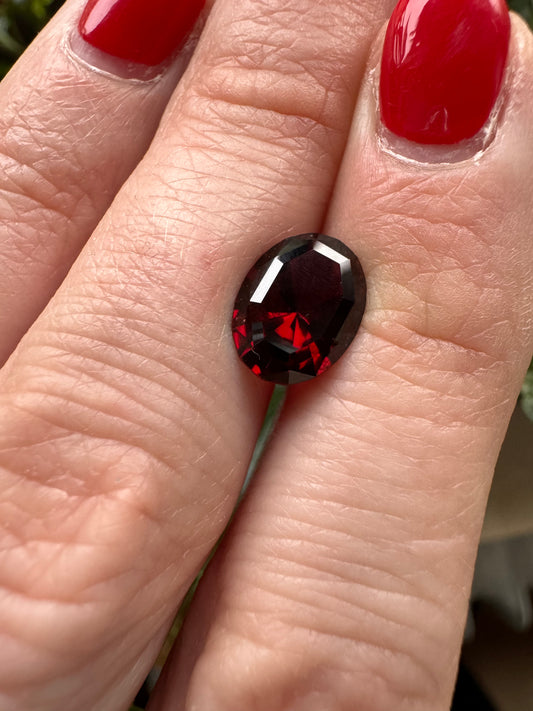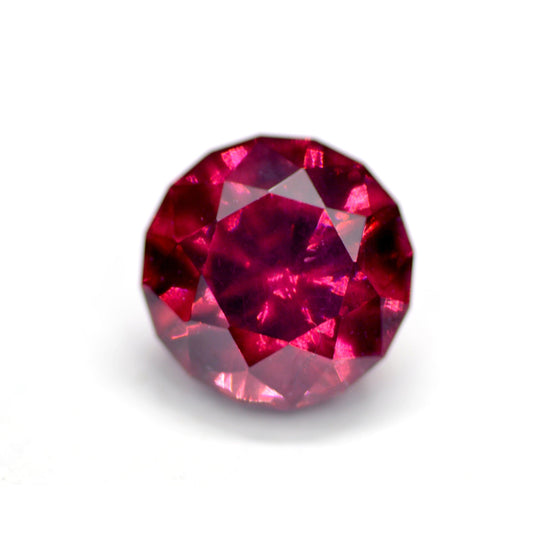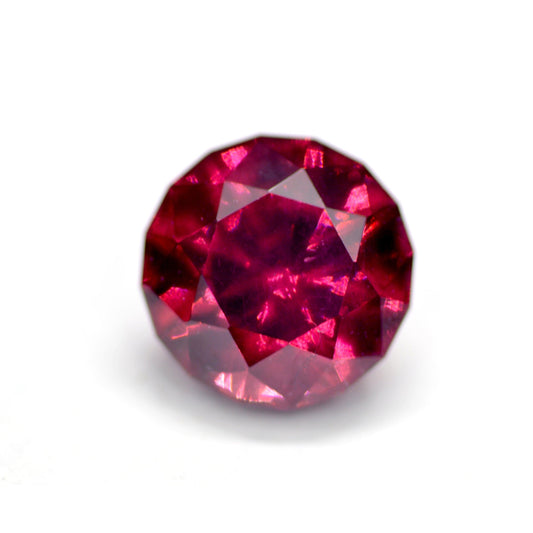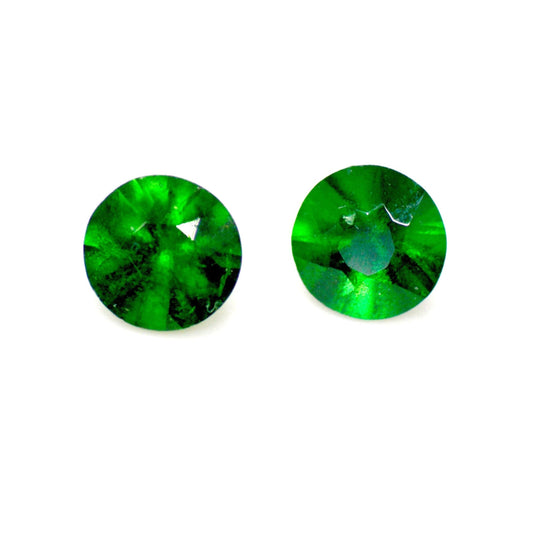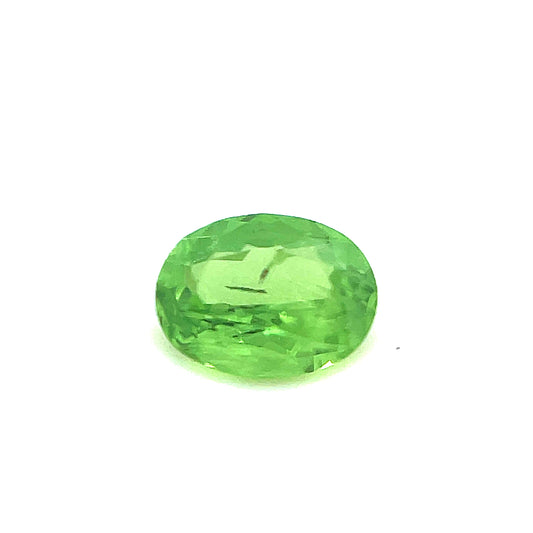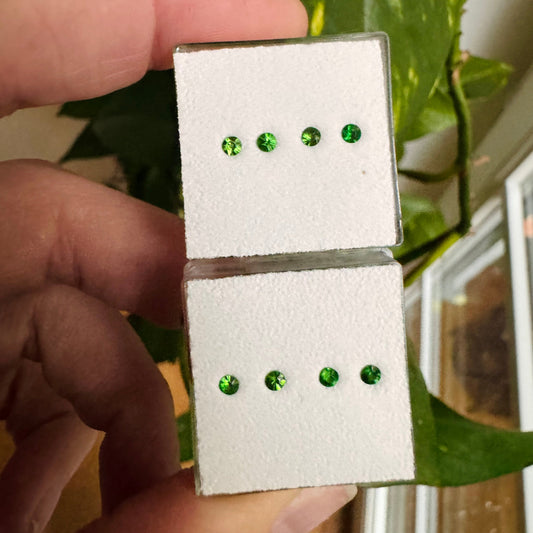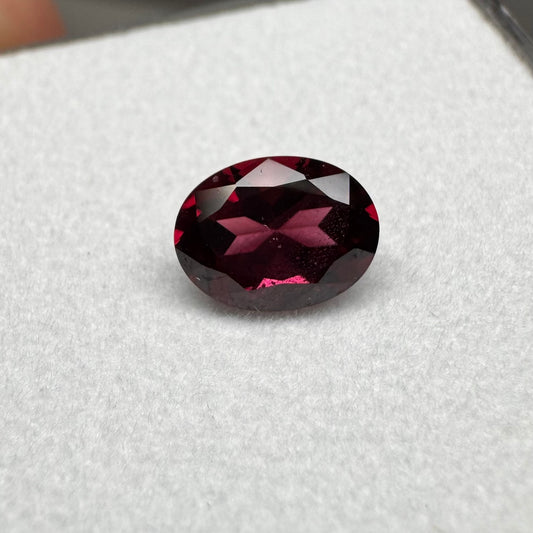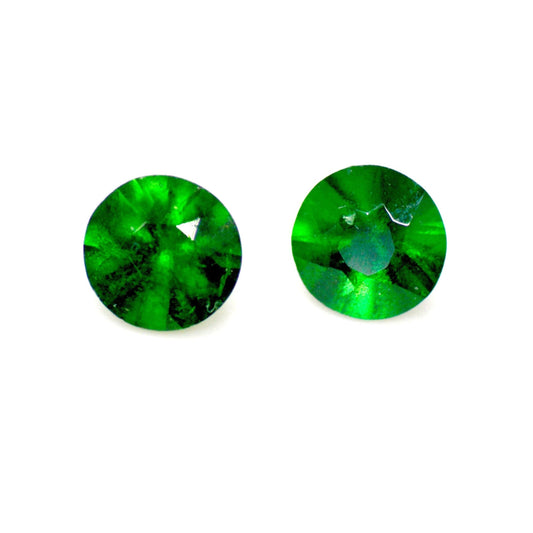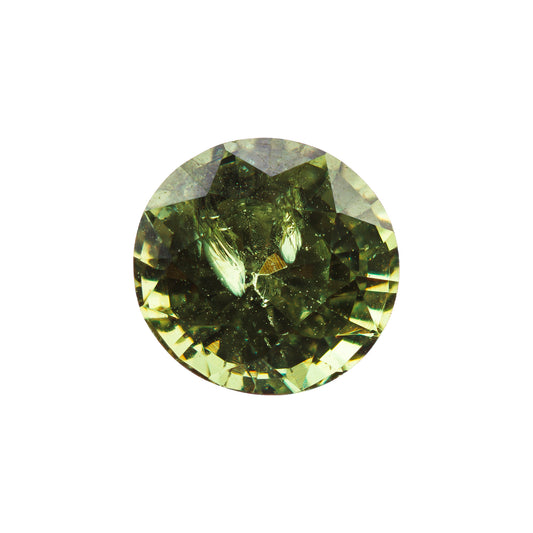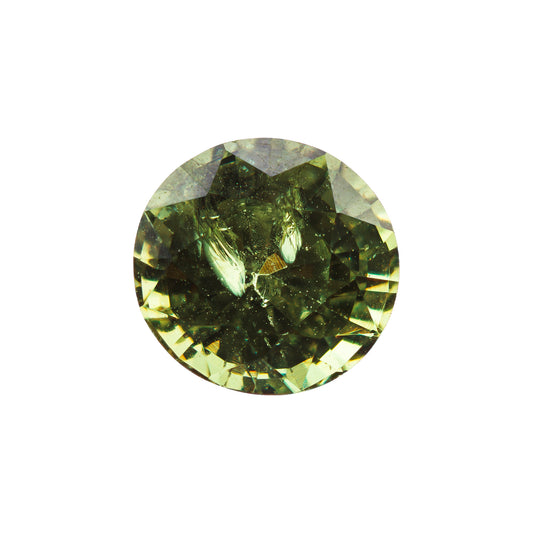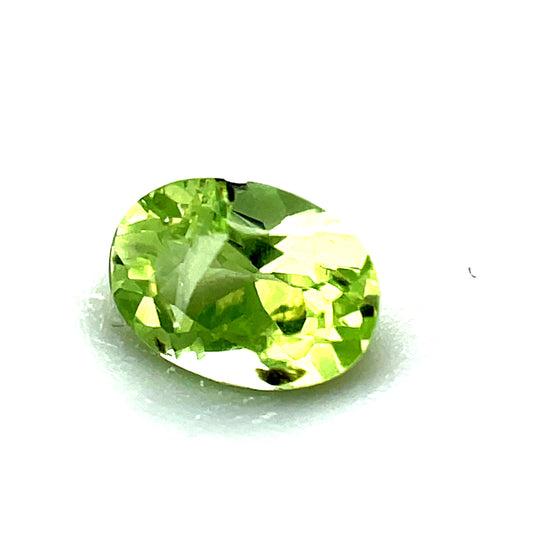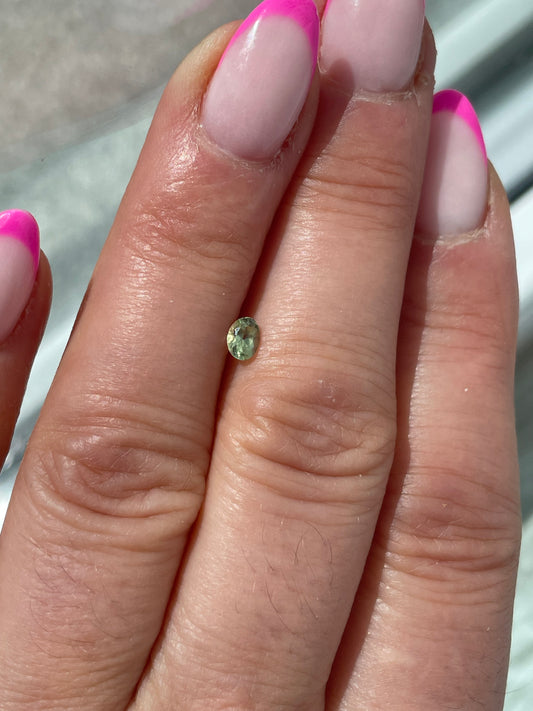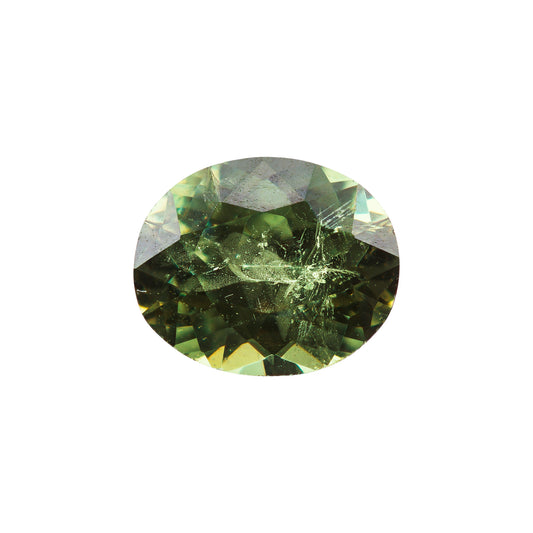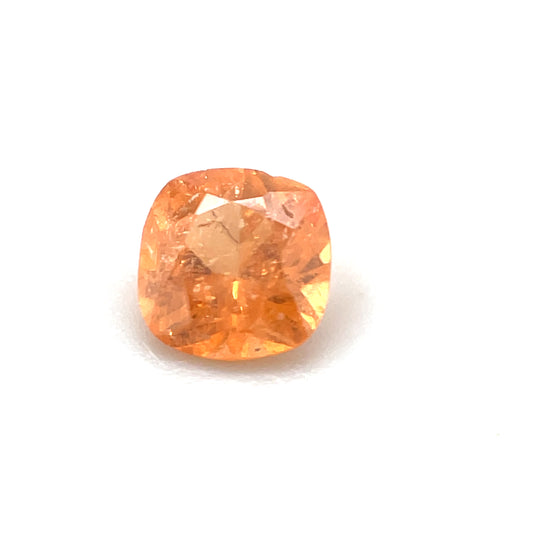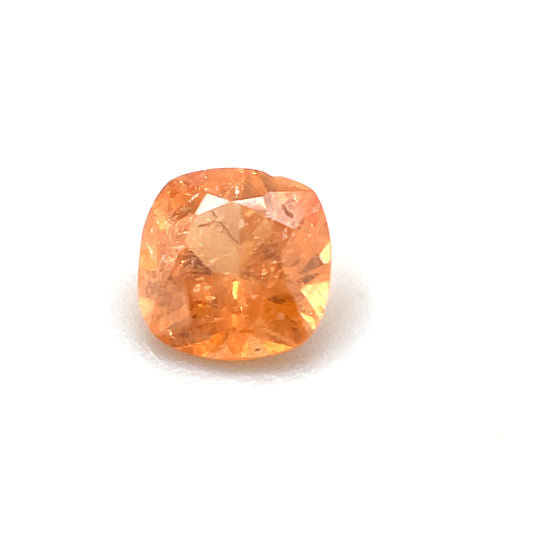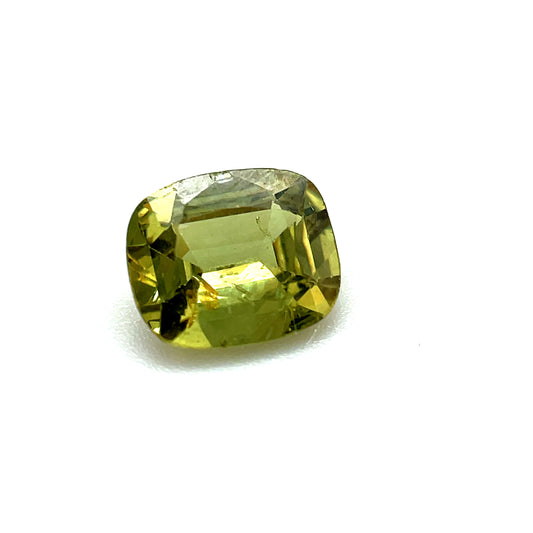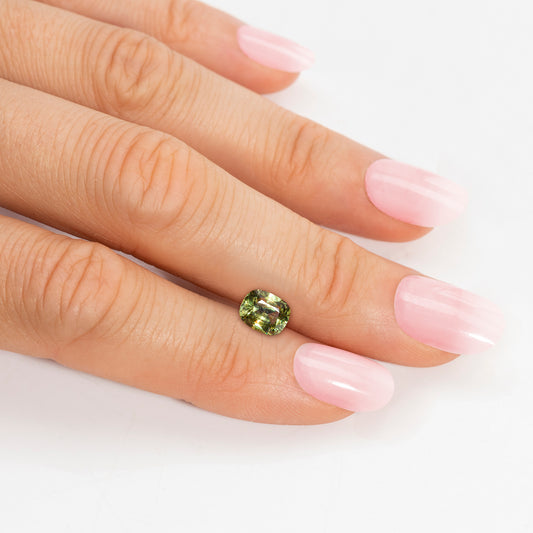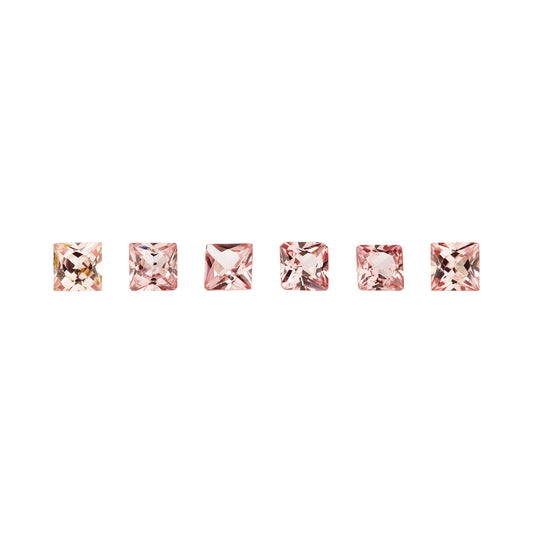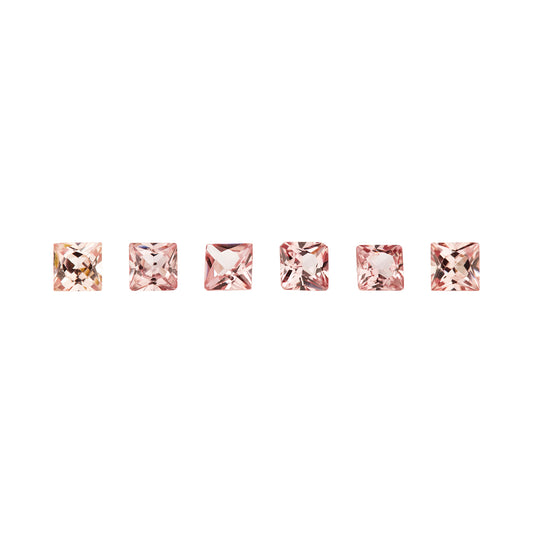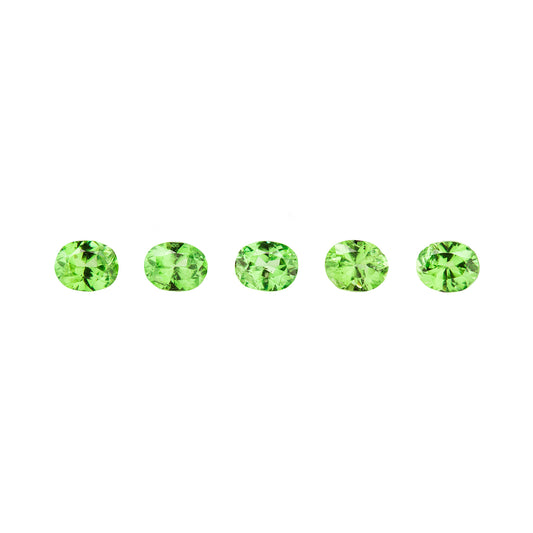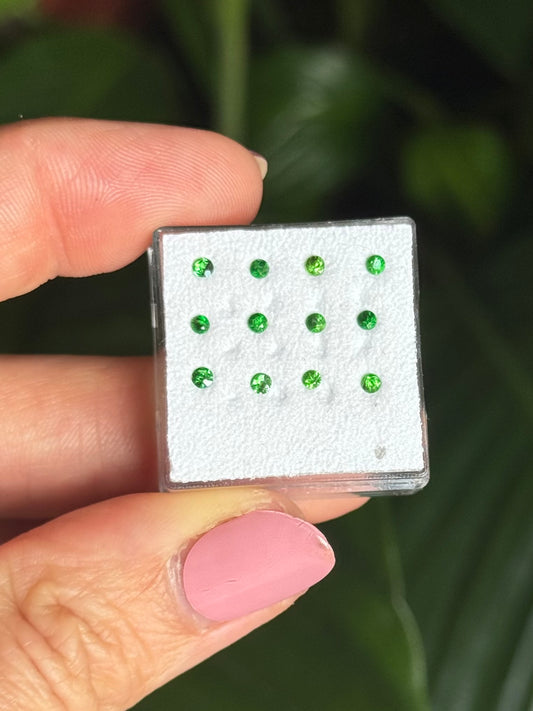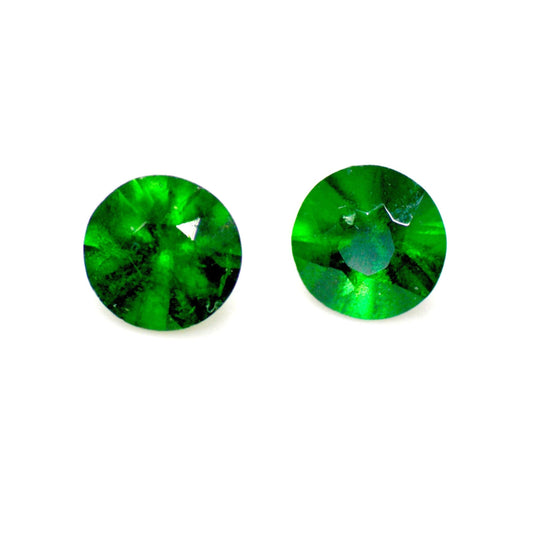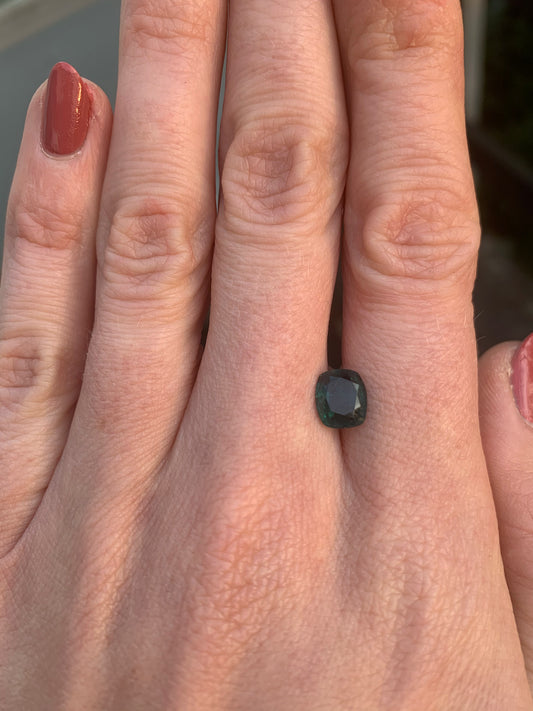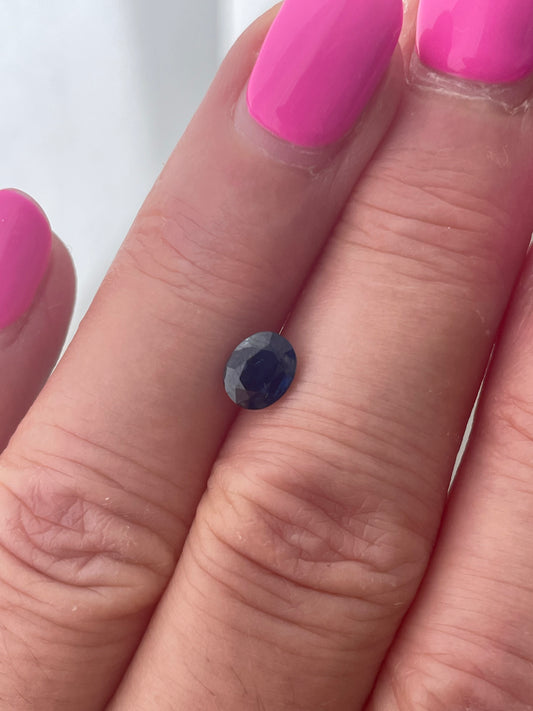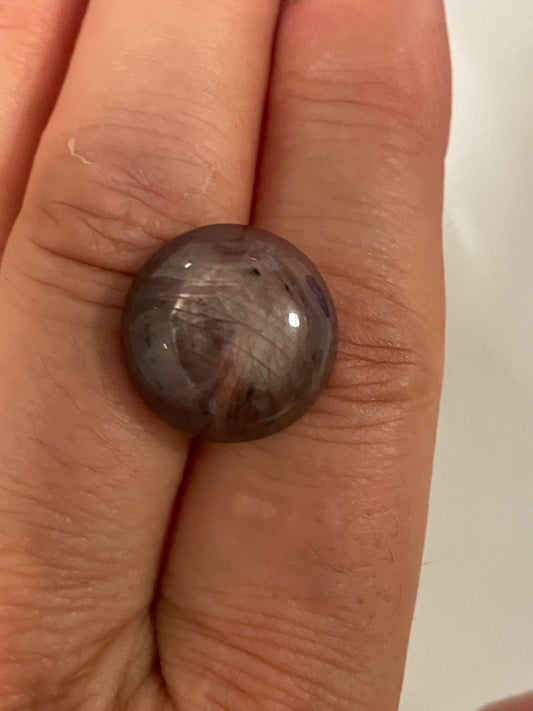The Sphen
The Greek word "sphenos" means "wedge" and is meant to figuratively describe the wedge-shaped crystals of the sphene. Most gemstones of this genus are green to yellow-green, but colors of the red, orange, yellow, and green spectrum can also appear. This gives it a fiery and intense brilliance. The Sphen is said to have a calming effect, it has a stabilizing effect and improves self-control. An ideal companion, therefore, to carry it always with you, set in a piece of jewelry.
The history of the Sphen
In 1795, the mineral titanite was first found in the Bavarian Forest. As a gemstone in the jewelry trade, sphene is still relatively young, which is probably related to its hardness of 5.5 on the Mohs scale. Today, the rare mineral is found mainly in Madagascar, but there are also isolated sites in Brazil or India.
Properties of the rare titanite
The sphene, also called titanite, grows up in relatively stressful environments, which is why it has natural inclusions, but these have little to no effect on its fire. If the sphene is transparent and has an extremely high purity, it is considered a rare collector's stone. It surpasses all other gemstones with its high birefringence and thus has a higher brilliance than the diamond. This, combined with its current scarcity, makes it highly desirable. Large and clean sphenes over 4 carats are hard to come by today.
- Occurrence: Madagascar, Brazil, India, Mexico, Pakistan and Sri Lanka
- Colours: green, yellow-green, yellow-brown, green-yellow
- Transparency: transparent to translucent
- Hardness: 5.5
- Density: 3.4 to 3.6
- Carat price: € 200 - 1,000/ct; Stones over 4 carats less common
Jetzt Sphen Edelsteine im Shop anschauen





